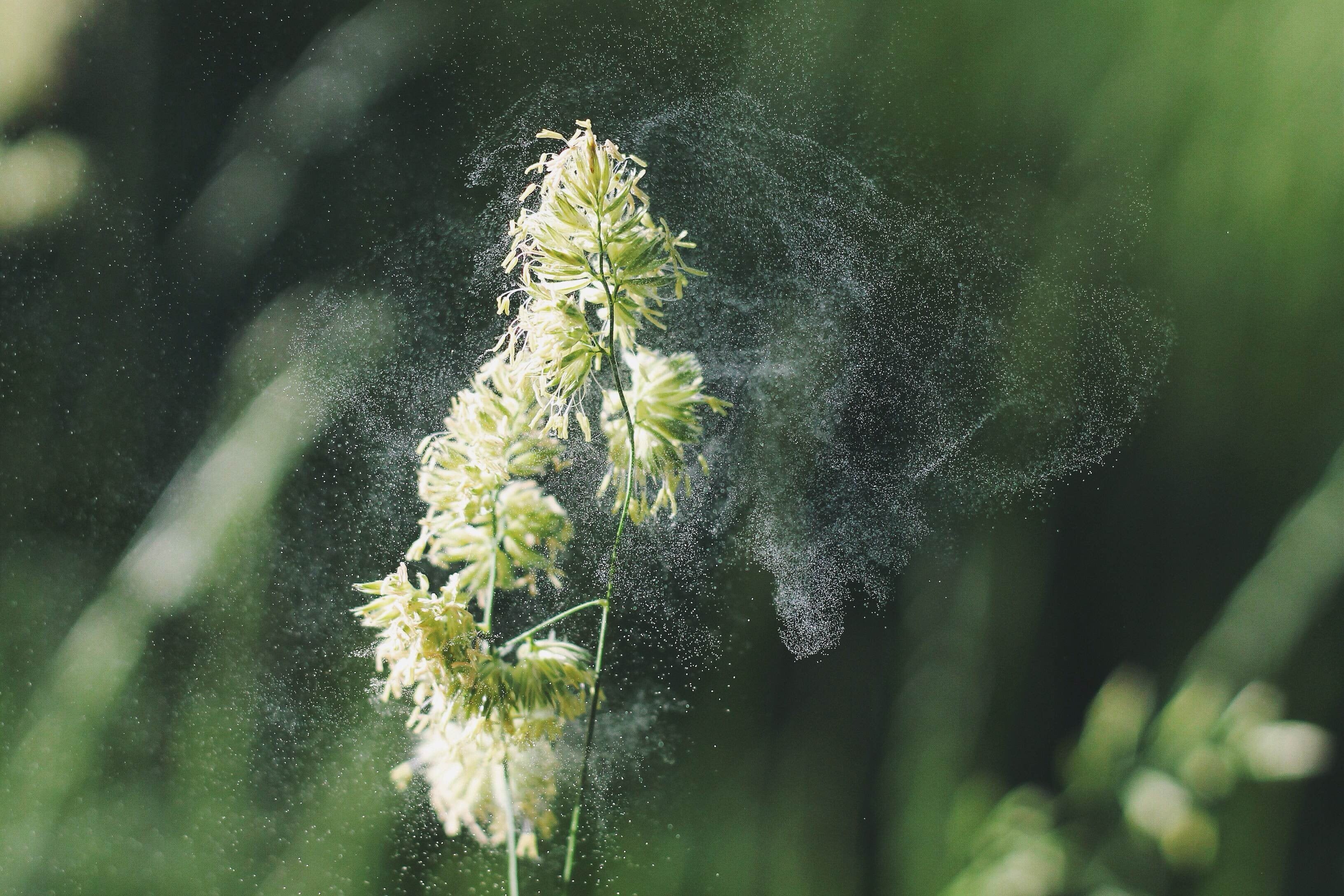Breathe Naturally - January 2, 2024
Can Air Purifiers Help Control Asthma by Filtering Indoor Air?

Key Takeways:
- Air purifiers with HEPA and other filters have been shown to significantly improve asthma symptoms like wheezing, coughing, and shortness of breath.
- They work by removing asthma triggers like allergens, pollutants, smoke, and pet dander from indoor air.
- Portable room air cleaners are more effective for asthma than whole-home systems, especially in bedrooms.
- CARB-certified air purifiers that don't emit ozone are recommended as ozone can worsen asthma.
- Look for high CADR scores for particulates, activated carbon filters for gases/odors, and quiet operation.
For the nearly 26 million Americans who have asthma, inhaling allergens, irritants, and pollutants can trigger symptom flare-ups (1). These asthma attacks cause inflammation and airway obstruction leading to wheezing, coughing, tightness of chest, and difficulty breathing. Medications only control symptoms, they don’t cure or eliminate the condition. This is why completely avoiding triggers is impossible for most.
However, using air filters and purifiers at home can provide added protection by continuously removing asthma triggers from room air. This helps minimize daily irritation that leads to flare-ups. The technology offers patients, especially children, hope for gaining control over this incurable chronic disease.
The Science on Purifiers Improving Asthma Outcomes
Multiple double blind, placebo-controlled studies verify that using HEPA purifiers consistently and correctly significantly improves various asthma outcomes. Participants show measurable declines in hypersensitivity reactions, need for medication, unscheduled doctor visits, school absences, and impaired breathing ability.

Evidence proves air cleaners work by cutting exposure to all types of asthma triggers found indoors.
Allergens: HEPA filtration removes over 99% of pollen, mold spores, pet dander particulate matter that cause allergic responses leading to asthma episodes (4). Pollutants: Activated carbon prefilters trap gases like VOCs, radon, and nitrogen/sulfur oxides emitted from pressed woods, smoking, and appliances that irritate airways (5). Infections: Negative ion generators help lower risk of respiratory infections (ie colds and flu) that often worsen asthma in children (6). Smoke: Photo catalytic oxidation (PCO) air purification helps eliminate toxic cigarette and wildfire smoke particles from households (7).
Recommendations for Effectively Using Air Purifiers for Asthma
To leverage the benefits of air cleaning for asthma care, doctors recommend:
- Choosing CARB-certified ozone-free models (ozone can trigger attacks).
- Using portable devices in bedrooms for nighttime symptom control.
- Selecting units with higher clean air delivery rates (CADR).
- Running continuously, especially when occupancy is high.
- Sizing appropriately for room square footage.
- Maintaining filters based on usage and warnings.
- Controlling other home asthma triggers like humidity and dust mites.
While air purifiers deliver clear advantages reducing asthma sufferers’ symptoms and reliance on medication, they still require adherence to doctors’ orders and treatment plans. Combined with medical care, they offer a powerful tool for taking control over this incurable breathing condition.
Sources
1. CDC - Asthma Statistics
2. Asthma.Net - Asthma Triggers
3. EPA - Indoor Air Quality
4. Journal of Preventative Medicine
5. EPA Air Cleaners & Air Filters in the Home
